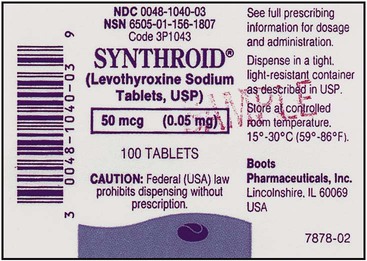Calculation of Solid Oral Doses and Dosages
• Calculate solid oral doses using metric and apothecary measurement systems
• Accomplish conversion of equivalent measurements of oral solid doses between the metric and apothecary systems
• Interpret medical orders and accurately calculate the solid oral dose to be administered using either ratio and proportion, the formula system, or dimensional analysis
• Calculate total dosages of solid oral medication necessary for dispensing a physician’s order
Introduction
Using the oral route for medication administration is the safest and most frequently used means of administering medicines. Oral medications come in solid forms (such as tablets and capsules) and liquid forms. Variations of these solid forms, such as powders and granules, are dissolved in liquids for administration (see Chapters 8 and 9). Other advantages of administering medications orally include convenience for the patient, absence of damage to skin, and reduced cost of manufacturing the medication because the drug does not require the use of sterile technique, allowing the drug to be more economical.
Calculating Solid Oral Medication Doses
More rules that should be considered when calculating medication dosage follow:
• Capsules are not made to be opened or divided, although in some special circumstances this may occur with permission from the physician.
• Scored tablets may be divided, but tablets not scored are not intended to be divided or broken.
• Enteric-coated, buccal, and sublingual tablets are not intended for crushing.
• Buccal and sublingual tablets should not be swallowed whole but should be dissolved within the oral cavity in the designated location.
• If a part of a tablet is the answer to the dose problem, be sure that altering the tablet by breaking or crushing will not alter the pharmaceutical action or purpose of the medication and that the calculations have been correctly made and the correct medication strength has been chosen.
Drug calculations may be obtained by using one of three methods. The method that you feel the most comfortable using is the correct method for you to use. One method is using ratio and proportion (discussed in Chapter 2). Dimensional analysis is an extended form of ratio and proportion and may also be used for calculating a dose of medication. Finally, the following formula may be used for calculations:

Calculating Medications Using Ratio and Proportion


Also remember that when part of the ratio is missing, the unknown number is represented by “x”. If a calculation is necessary and one of the components of the proportion is missing, the missing part or x can be found by filling in the known parts of the proportion and then completing the problem as with any proportional problem. To use proportion, the dosage available (DA) and the dose ordered (DO) must be in the same measurement system. If the systems differ, conversion must be done to bring these components into the same system. (See Chapter 4 for help in remembering the measurement systems and Chapter 5 for help in converting among systems.) Later in this chapter you will calculate problems requiring conversion. Now you can begin performing calculations with medications in the same system.
Calculating Medications Using Dimensional Analysis
Dimensional analysis is actually just an elongated form of ratio and proportion using multiple fractional units. To use dimensional analysis, ratios must allow for the cancellation of measurements from one ratio into the next. (See Chapter 5 for a review of dimensional analysis basics.)
Calculating Solid Medications Among Different Measurement Systems
Remember from Chapter 5 that conversions among measurement systems are approximates, and amounts are often not exact but as close as possible with the medications ordered and medications available. To figure the dose to be given, you must first convert so that the medication ordered (DO) and the medication on hand (DA) are in the same measurement system. (Solid medications taken orally do not require the use of conversions to the household system, so this is covered in Chapter 8.)
Patient Safety When Calculating Doses And Dosages
• Always check calculations after the dose has been figured. To do this, the procedure necessary for accurate calculations should be learned to confidence level so that you do not have to depend on any of your co-workers to do the calculation for you; ultimately, you are responsible for the medication you prepared for dispensing.
• If you have any question about the dosage or your calculations, check with the pharmacist. Remember that he or she is responsible for the medication that is dispensed.
• As you work from either a medication order or a prescription, verify that what you have on hand is the medication ordered and that it is in a dosage form that can be used.
• Check labels three times before providing the prescription for dispensing—before taking the medication from the shelf, before preparing the medication, and before returning the medication to the stock area or passing to the pharmacist after preparation.
• Compare the labels on the medication with the order from the physician. Be sure these are the same, being careful of sound-alike and spell-alike medications. Do not allow yourself to be distracted when examining the labels; keep your full attention on the task at hand.
• If you are working with unit dose medications, be sure that you are preparing the medication for dispensing in the unit dose, not the multidose amount.
• Know your medications and the approximate dose that is usually given to a patient of the age, gender, and size of the person for whom the prescription or medication order is made. If in doubt of the usual dose, read the drug insert or other reference materials related to the medications before preparing the medicine so that you are aware of the usual dose for the specific medication.
• Finally, remember that the pharmacist would rather have you ask a question than have the incorrect medication dispensed for the patient.
Review
When calculating solid oral medication doses, the amount of medication should be calculated to that of the physician’s order. Remember that the DA and the DO must be in the same system before calculating doses. When the medication label contains an amount of medication within one measurement system and the order does not agree with the measurement within the system for the available amount, you calculate the amount of medication necessary for the order by making conversions within the system. However, if the medication order and the available medications are in different measurement systems, you must use conversions as found in Chapter 5 to be sure the medications are converted to the same system. (See Chapter 4 for the measurement in the metric, household, and apothecary systems.) If a conversion must be made, it should be made to the measurement system found on the medication label.
Medication doses can be calculated using ratio and proportion (using the equation below):

The formula method, using the formula shown below may be used:

Review of Rules
Calculating Solid Oral Medications
• Calculations for oral solid medications may be accomplished by using ratio and proportion, dimensional analysis, or formula methods.
• Before beginning calculations, unless using dimensional analysis, the medications must be in the same unit of measure within the same measurement system. If the measurement systems are different, convert to the measurement system that is on the available medication label.
• Solid medications usually have a quantity of a single solid form such as per tablet or package of powder. Remember that scored tablets may be broken at scores or on indented marks.
• To solve using the ratio and proportion method, set the known measurements on one side of the equation with the unknowns on the other side of the equation. Remember to label the units in each ratio so that the units are in the same position in each ratio and the proportion is therefore equal.
• Dimensional analysis is an extended means of ratio and proportion placed in fractional units. See the rules at the end of Chapter 5 for a review of this means of solving dosage.
• The formula method requires the use of the following formula:

• To use this formula, place the correct information from the physician’s order or prescription, the available medication, and the quantity in the correct position. Then calculate the problem.

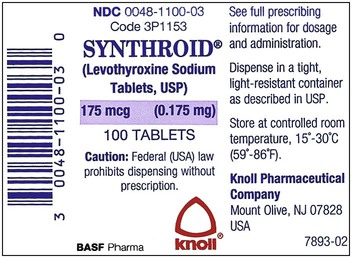
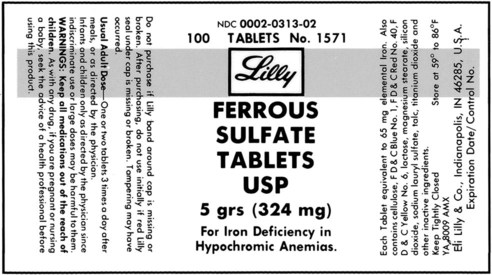
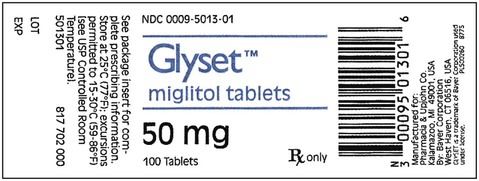

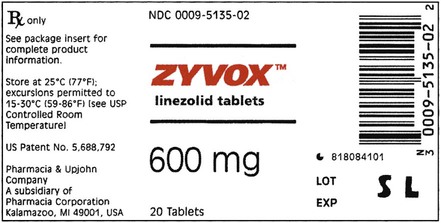
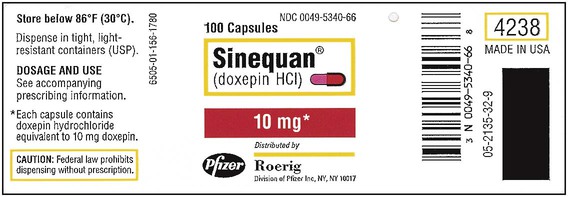
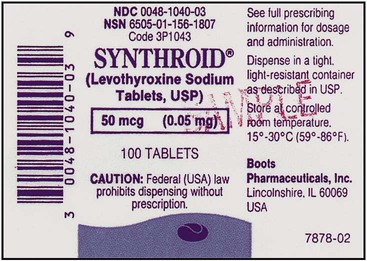


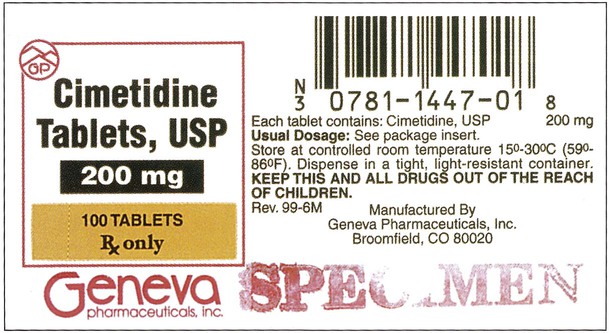





 (DO) to be given, and dose available is gr
(DO) to be given, and dose available is gr  (DA) in each tablet (DF). What is the dose to be given to the patient?
(DA) in each tablet (DF). What is the dose to be given to the patient?









 (DO) to be given, and the dose available is gr
(DO) to be given, and the dose available is gr  (DA) in each tablet (DF). What is the dose to be given (DG) to the patient?
(DA) in each tablet (DF). What is the dose to be given (DG) to the patient?









 (DO) to be given and the dose on hand is gr
(DO) to be given and the dose on hand is gr  (DH or DA) in each tablet (Qty or DF). What is the dose to be given (DG) to the patient?
(DH or DA) in each tablet (Qty or DF). What is the dose to be given (DG) to the patient?



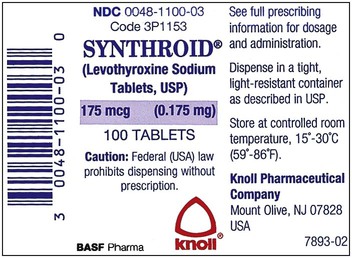
 po qam
po qam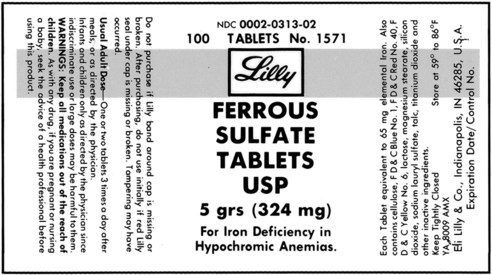
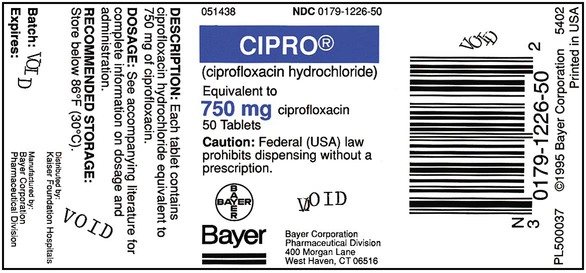
 P ↑ 60 until changed by MD
P ↑ 60 until changed by MD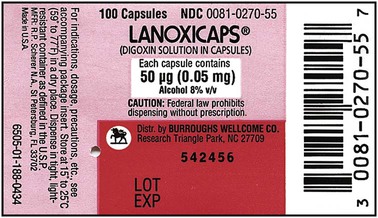
 am meal
am meal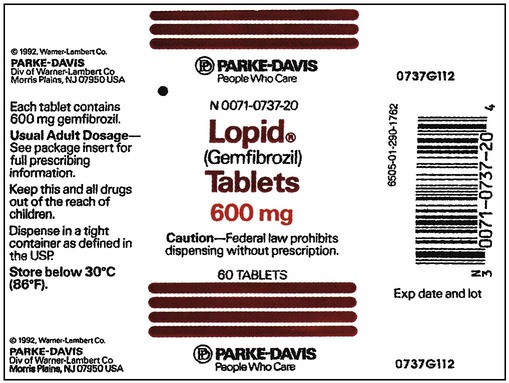
 breakfast and evening meal
breakfast and evening meal
 meals. Ck BS before taking medication
meals. Ck BS before taking medication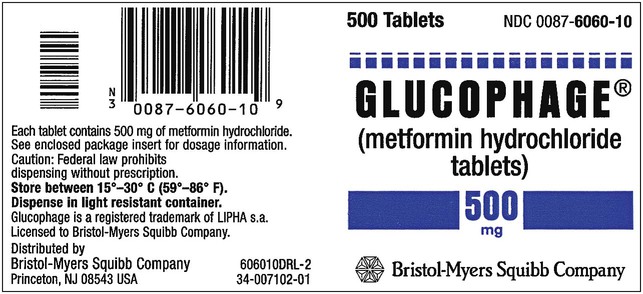
 food
food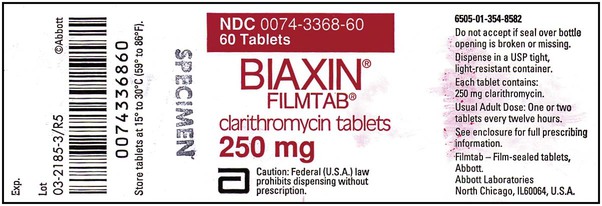


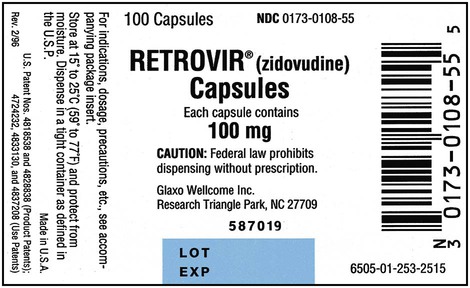
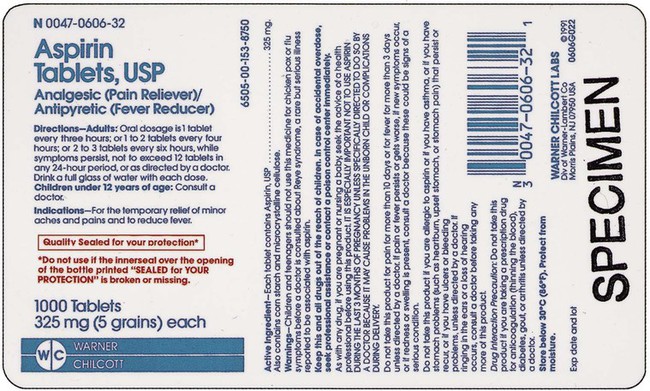
 breakfast and hs
breakfast and hs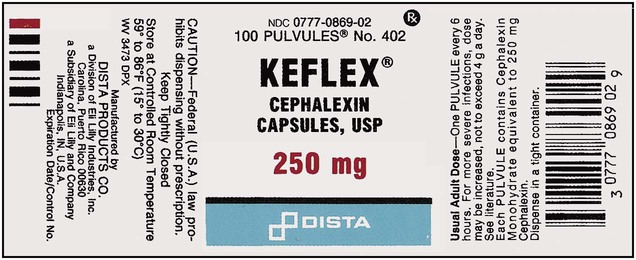
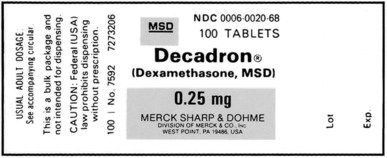
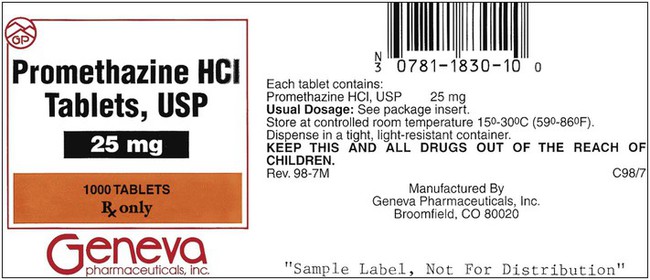
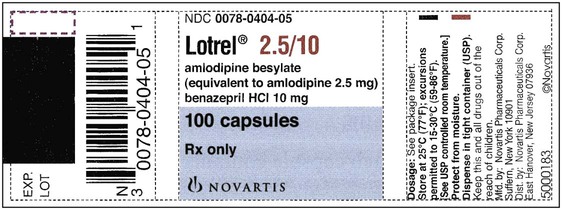
 meals
meals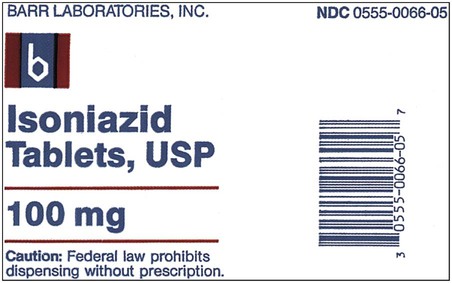
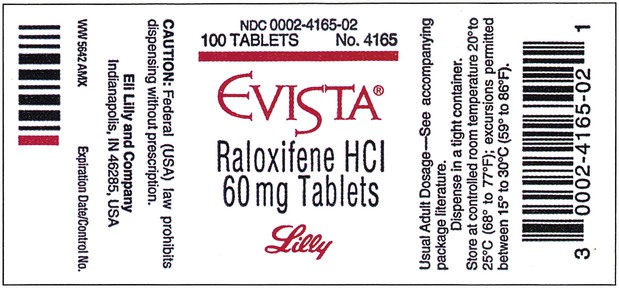
 meals
meals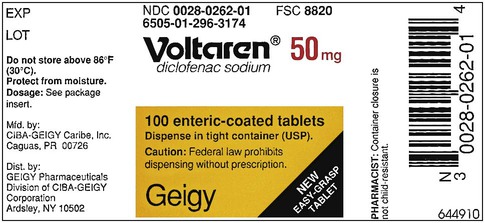

 daily for a patient with coronary disease. The medication on hand is labeled ASA 81 mg tab.
daily for a patient with coronary disease. The medication on hand is labeled ASA 81 mg tab. grains daily. Now you know that the dose will be
grains daily. Now you know that the dose will be  grains of medication, but you do not know the number of tablets that are to be administered or (DG). The order is written in the apothecary system, whereas the medication available is in the metric system. So, you must now make a conversion for this order to be filled. Under the general rule to convert to the available medications, in this case the conversion should be from apothecary to metric. In
grains of medication, but you do not know the number of tablets that are to be administered or (DG). The order is written in the apothecary system, whereas the medication available is in the metric system. So, you must now make a conversion for this order to be filled. Under the general rule to convert to the available medications, in this case the conversion should be from apothecary to metric. In 





















 tab po hs.
tab po hs. tab.
tab. breakfast and evening meal. The medication available is labeled ferrous sulfate gr v tab.
breakfast and evening meal. The medication available is labeled ferrous sulfate gr v tab. po q4h prn pain or cough. The medication available is labeled codeine sulfate 15 mg tab.
po q4h prn pain or cough. The medication available is labeled codeine sulfate 15 mg tab. tab.
tab. mg on odd days. The dose available is Coumadin 5 mg tablets.
mg on odd days. The dose available is Coumadin 5 mg tablets. mg hs
mg hs


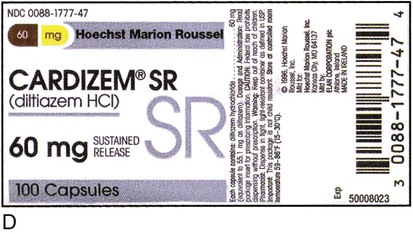
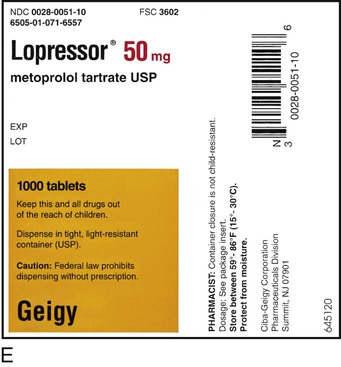
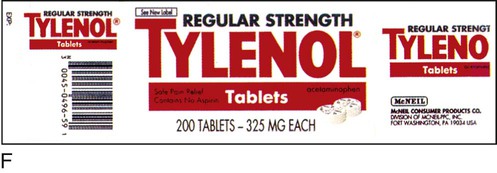

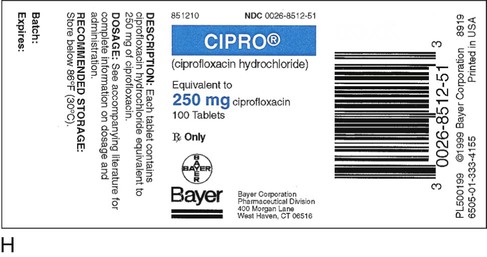
 meals
meals
 po stat and q4-6h prn pain
po stat and q4-6h prn pain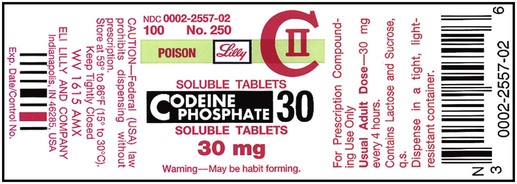
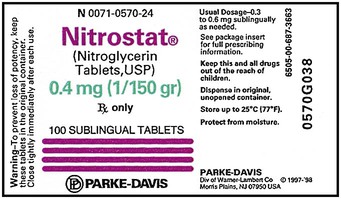
 meals × 10 d
meals × 10 d
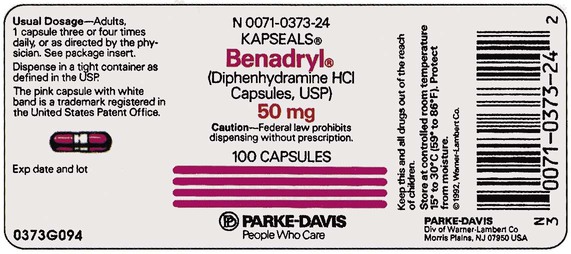

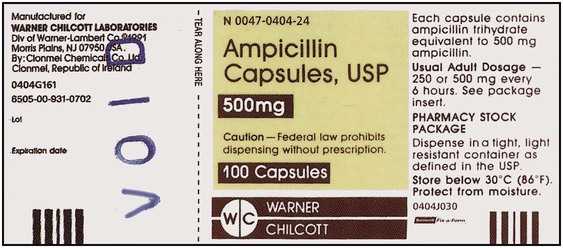
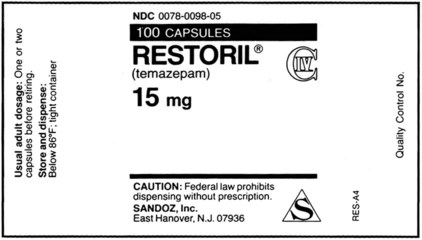
 breakfast
breakfast

